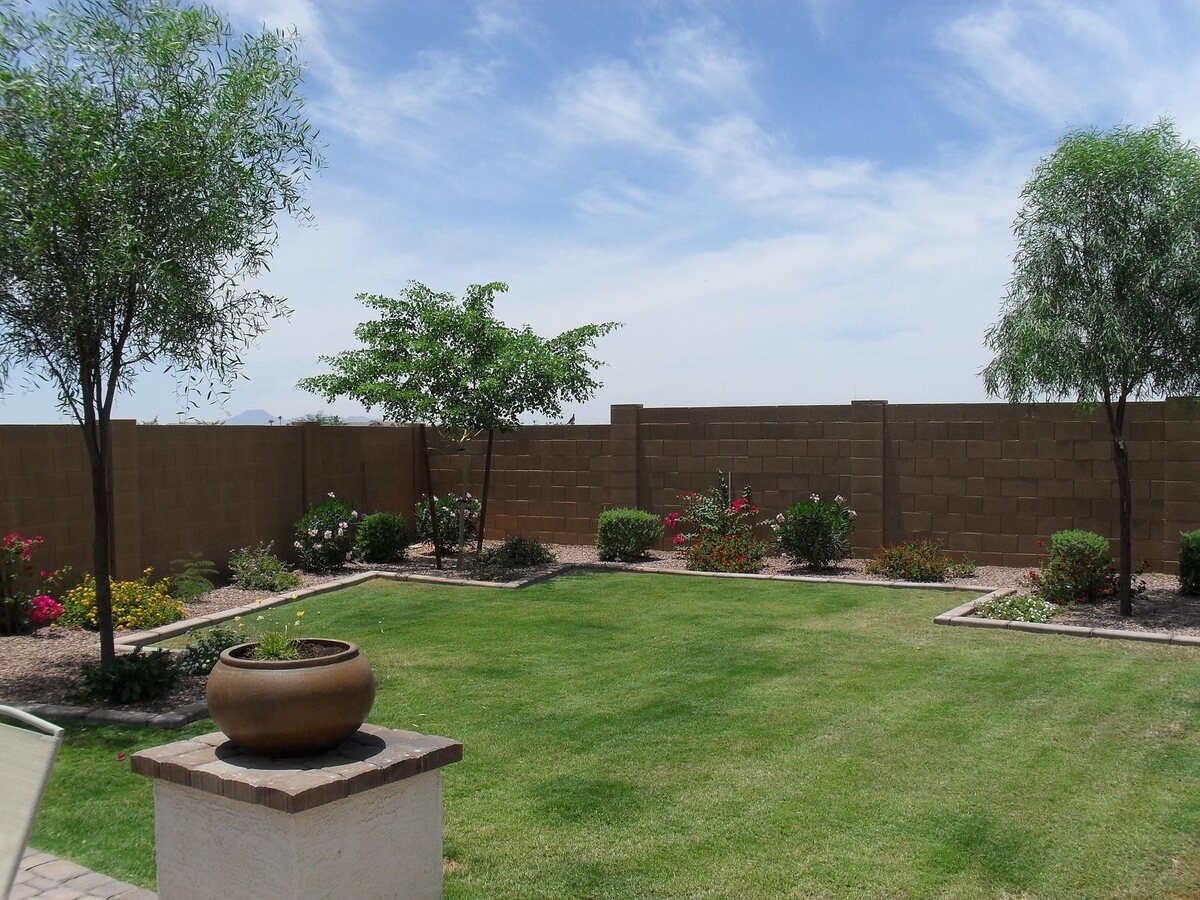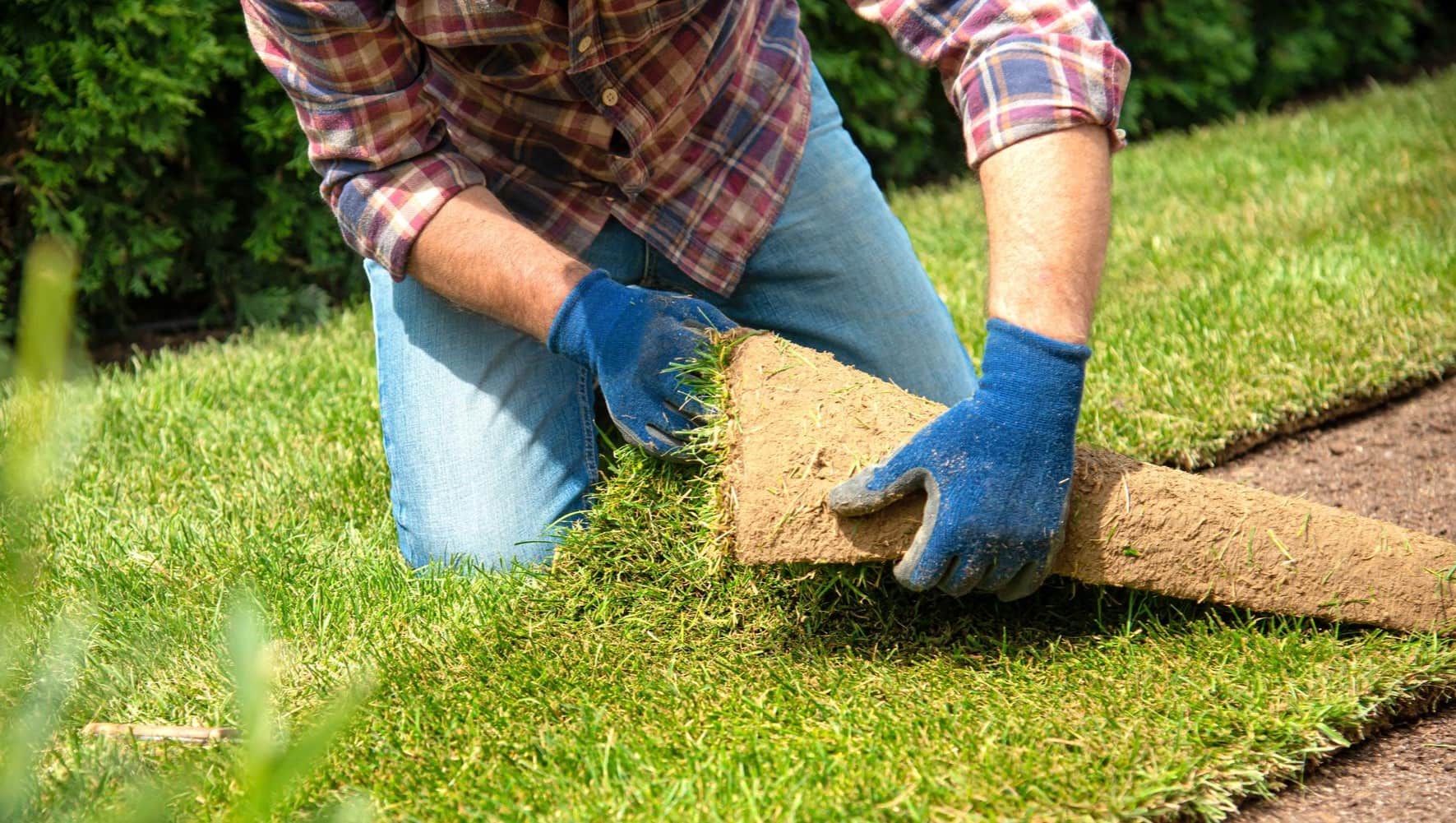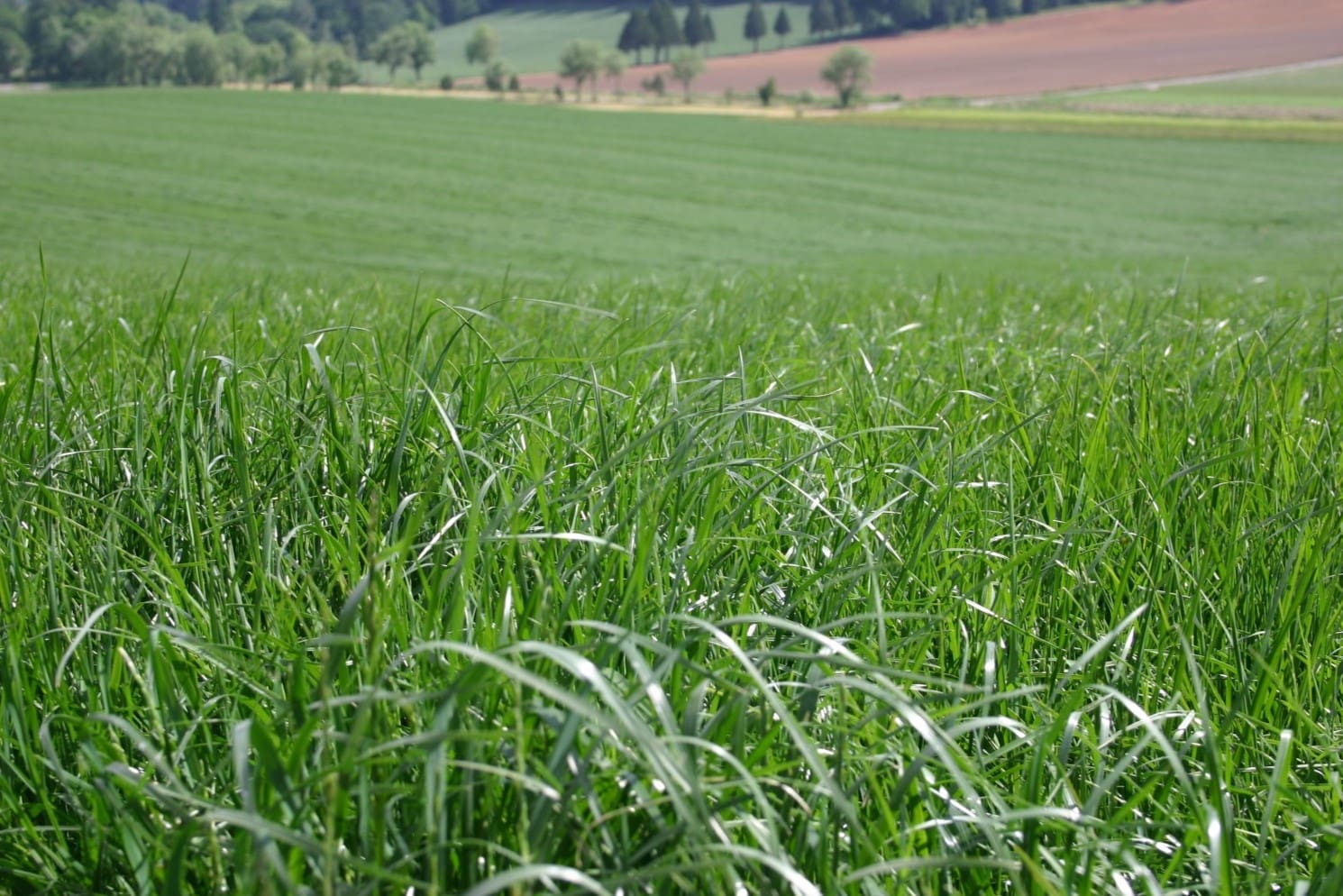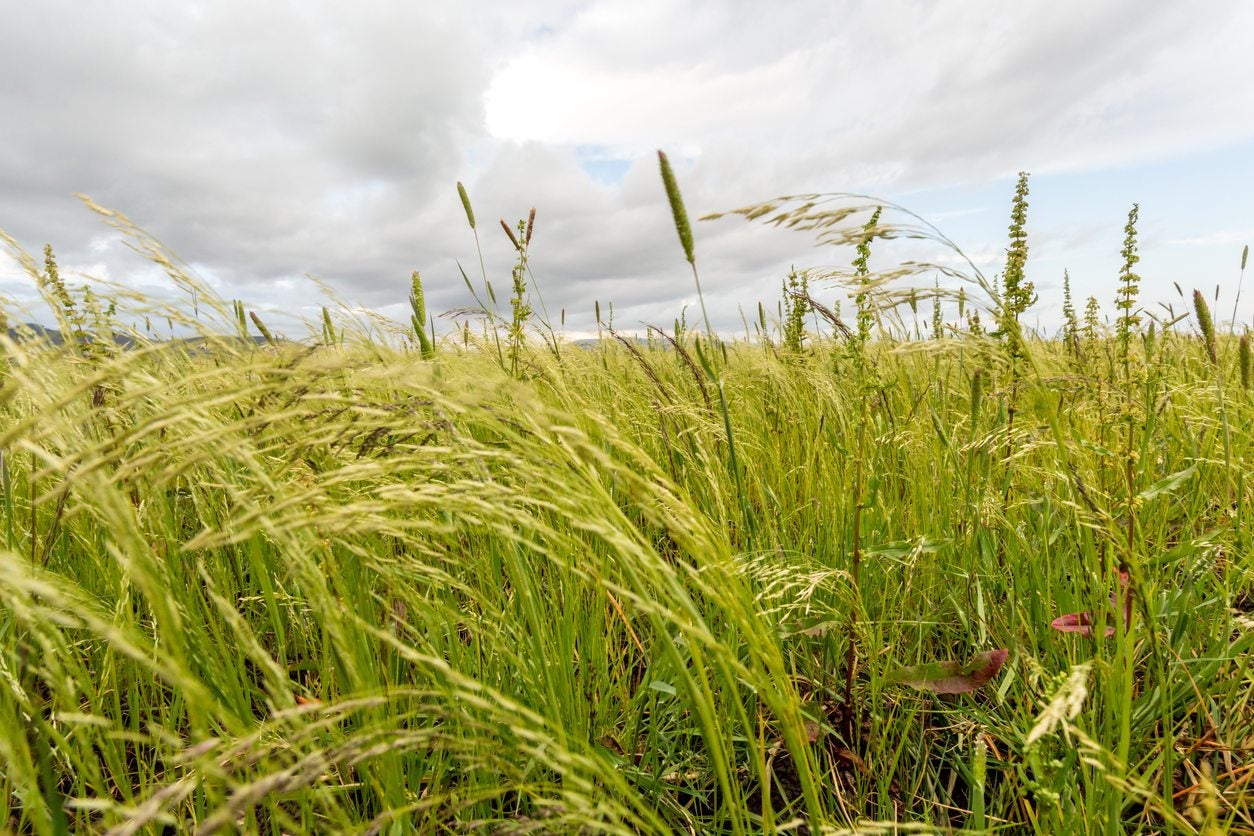Home>Gardening & Outdoor>Landscaping Ideas>When To Plant Grass In Arizona


Landscaping Ideas
When To Plant Grass In Arizona
Modified: September 2, 2024
Discover the best timing for grass planting in Arizona with our expert landscaping ideas. Learn when to start your lawn project for optimal results.
(Many of the links in this article redirect to a specific reviewed product. Your purchase of these products through affiliate links helps to generate commission for Storables.com, at no extra cost. Learn more)
Best Time to Plant Grass in Arizona
Choosing the best time to plant grass in Arizona is crucial for achieving a thriving and lush lawn. Due to the unique climate and environmental conditions in the state, timing is a key factor in successful grass establishment. The optimal time to plant grass in Arizona is during the early fall, typically from mid-August to mid-October. This period allows the grass seeds to germinate and establish strong roots before the onset of winter dormancy.
Planting grass in the fall takes advantage of the slightly cooler temperatures and occasional rainfall, creating favorable conditions for seed germination and early growth. Additionally, the reduced evaporation rates during the fall months help retain soil moisture, supporting the development of robust root systems. By planting grass in the fall, homeowners can set the stage for a resilient and healthy lawn that will flourish in the following spring.
Key Takeaways:
- Best Time to Plant Grass in Arizona
The best time to plant grass in Arizona is during early fall, from mid-August to mid-October. This allows the grass to establish strong roots before winter, leading to a lush lawn in spring. - Types of Grass Suitable for Arizona
Bermuda, Zoysia, Tall Fescue, and Buffalo grass are great choices for Arizona. They offer heat tolerance, drought resistance, and vibrant colors, creating vibrant and sustainable lawns.
Read more: When To Plant Winter Grass In Arizona
Factors to Consider Before Planting Grass
Before embarking on the journey of planting grass in Arizona, several crucial factors warrant careful consideration to ensure the success of the endeavor. Understanding and addressing these key elements can significantly impact the outcome, leading to a thriving and vibrant lawn.
- Soil Type: Assessing the soil composition is essential, as it directly influences the choice of grass species and the preparation required. Arizona’s diverse landscapes encompass various soil types, ranging from sandy to clay-rich soils, each with distinct characteristics that affect water retention and nutrient availability.
- Climate and Sun Exposure: Arizona’s climate is predominantly arid, characterized by intense sun exposure and minimal precipitation. Evaluating the specific microclimate of the planting area, including sun exposure and heat patterns, is crucial for selecting grass varieties that can thrive in such conditions.
- Water Availability: Given Arizona’s limited water resources, it is imperative to consider the availability of water for irrigation. Opting for drought-tolerant grass species can help conserve water while maintaining a green and healthy lawn.
- Local Regulations: Familiarizing oneself with local regulations, such as water usage restrictions and permissible grass species, is essential to ensure compliance and avoid potential issues in the future.
- Existing Vegetation and Landscaping: Assessing the presence of existing vegetation, trees, and landscaping features is vital, as it dictates the preparation and maintenance required for successful grass establishment.
By carefully evaluating these factors and addressing them proactively, homeowners can make informed decisions regarding grass selection, site preparation, and maintenance practices, ultimately laying the groundwork for a resilient and visually appealing lawn in Arizona.
Types of Grass Suitable for Arizona
Choosing the right type of grass is pivotal for establishing a lush and resilient lawn in Arizona’s challenging climate. Several grass species have proven to thrive in the state’s arid conditions, offering homeowners a range of options to achieve a vibrant and sustainable lawn. Understanding the characteristics and benefits of each grass variety is essential for making an informed decision tailored to the specific needs of the landscape.
Bermuda Grass: Widely recognized for its exceptional heat tolerance and rapid growth, Bermuda grass is a popular choice for Arizona lawns. Its ability to withstand high temperatures and minimal water makes it well-suited for the state’s arid climate. Additionally, Bermuda grass exhibits excellent wear resistance, making it ideal for high-traffic areas.
Zoysia Grass: Known for its dense and lush growth, Zoysia grass thrives in Arizona’s warm climate. This grass variety offers excellent drought tolerance and requires less water compared to other species, making it a sustainable choice for water-conscious homeowners. Its fine texture and vibrant green color contribute to a visually appealing lawn.
Tall Fescue: While not as drought-tolerant as Bermuda grass, tall fescue is well-suited for certain regions of Arizona with slightly cooler temperatures. It exhibits good shade tolerance and maintains its green color throughout the year, providing a resilient option for lawns with varying sun exposure.
Buffalo Grass: As a native grass species, buffalo grass is naturally adapted to Arizona’s climate and soil conditions. It boasts exceptional drought tolerance and requires minimal maintenance, making it an eco-friendly and low-maintenance choice for homeowners seeking a sustainable lawn solution.
By carefully considering the unique characteristics of each grass type, homeowners can select a variety that aligns with their preferences, maintenance capabilities, and environmental considerations, ultimately laying the foundation for a vibrant and enduring lawn in Arizona.
The best time to plant grass in Arizona is during the fall or spring when the temperatures are cooler and there is more moisture in the soil. This will give the grass the best chance to establish strong roots before the extreme heat of summer.
Steps to Plant Grass in Arizona
Planting grass in Arizona requires careful planning and precise execution to ensure the successful establishment of a healthy and vibrant lawn. By following a systematic approach and adhering to best practices, homeowners can create an optimal environment for grass growth, leading to long-term satisfaction with their landscape. The following steps outline the process of planting grass in Arizona, from site preparation to post-planting care:
- Assess the Site: Evaluate the planting area to determine the soil type, sun exposure, and potential obstacles that may affect grass growth. This assessment guides the selection of suitable grass varieties and informs the preparation process.
- Soil Preparation: Prepare the soil by removing debris, weeds, and rocks. Incorporate organic matter, such as compost, to improve soil structure and fertility. Proper soil preparation is crucial for promoting strong root development and water retention.
- Choose Quality Seeds or Sod: Select high-quality grass seeds or sod from reputable suppliers. Consider the specific grass varieties that thrive in Arizona’s climate and align with the site’s conditions and maintenance preferences.
- Planting Seeds or Laying Sod: Follow the recommended seeding rates and techniques for the chosen grass species. Ensure proper seed-to-soil contact for optimal germination. When using sod, lay it evenly and securely to promote seamless integration with the soil.
- Irrigation and Watering: Implement a consistent watering schedule to keep the soil moist during the initial growth phase. Monitor moisture levels and adjust watering frequency based on environmental factors and grass development.
- Fertilization: Apply a balanced fertilizer to provide essential nutrients for grass establishment. Follow the recommended application rates and timing to support healthy growth without promoting excessive foliage at the expense of root development.
- Maintenance and Monitoring: Regularly monitor the newly planted grass for signs of growth and adjust maintenance practices accordingly. Mow the grass at the appropriate height once it reaches the recommended height for the selected variety.
By diligently following these steps and maintaining a proactive approach to care, homeowners can facilitate the successful establishment of a vibrant and resilient lawn, enhancing the beauty and value of their outdoor space in Arizona.
Maintenance Tips for Newly Planted Grass
After planting grass in Arizona, providing proper maintenance is essential to nurture the newly established lawn and promote healthy growth. Implementing effective maintenance practices ensures that the grass thrives in the arid climate, ultimately contributing to a lush and resilient landscape. The following tips outline key maintenance strategies for newly planted grass in Arizona:
- Watering: Maintain consistent soil moisture to support root development and seed germination. During the initial growth phase, water the grass regularly, ensuring that the soil remains moist without becoming waterlogged. As the grass matures, gradually adjust the watering frequency based on its specific water requirements and environmental conditions.
- Weed Control: Monitor the lawn for weed growth and promptly address any invasive plants that may compete with the grass for nutrients and space. Implement targeted weed control measures to prevent weed infestations and preserve the health of the newly planted grass.
- Fertilization: Apply a slow-release fertilizer specifically formulated for newly established grass to provide essential nutrients for healthy growth. Avoid excessive fertilization, as it can lead to rapid but weak foliage growth, compromising the development of robust root systems.
- Mowing Practices: Gradually introduce mowing once the grass reaches the recommended height for the selected variety. Use sharp blades and adhere to the recommended mowing height to promote a dense and uniform lawn. Avoid removing more than one-third of the grass blade length during each mowing session to prevent stress on the newly established grass.
- Aeration: Consider aerating the lawn to alleviate soil compaction and facilitate better air and water penetration. Aeration promotes root development and overall turf health, especially in areas with dense or clay-rich soils.
- Monitor and Adjust: Regularly assess the lawn’s condition and adjust maintenance practices based on its growth and response to environmental factors. Observing the grass closely allows for timely interventions and adjustments to optimize its health and resilience.
By diligently implementing these maintenance tips, homeowners can nurture their newly planted grass to maturity, fostering a vibrant and enduring lawn that enhances the beauty and functionality of their outdoor space in Arizona.
Frequently Asked Questions about When To Plant Grass In Arizona
Was this page helpful?
At Storables.com, we guarantee accurate and reliable information. Our content, validated by Expert Board Contributors, is crafted following stringent Editorial Policies. We're committed to providing you with well-researched, expert-backed insights for all your informational needs.
















0 thoughts on “When To Plant Grass In Arizona”